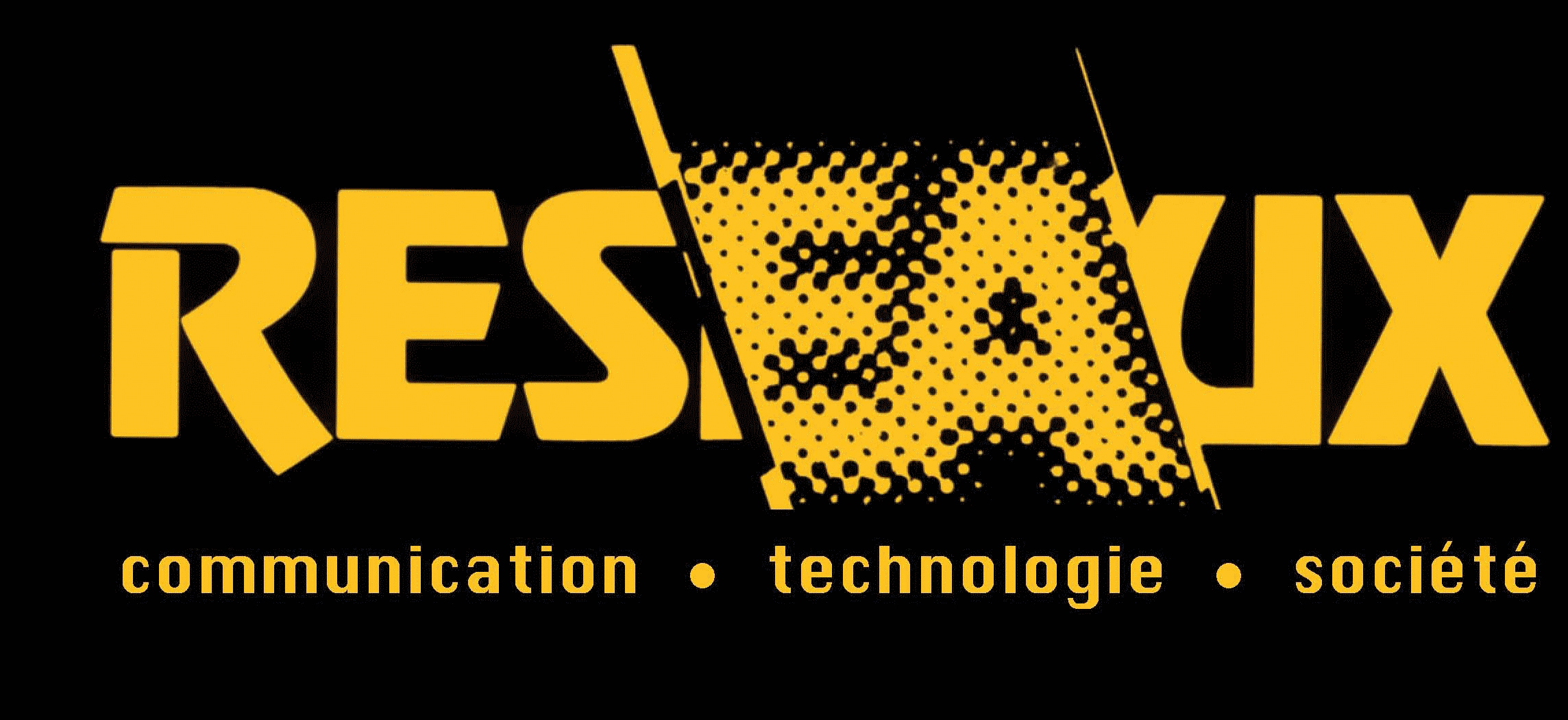When to predict is to manage
This article offers a detailed examination of the content of predictive policing applications. Predictive machines are moral technologies for government. They serve not only to predict when and where crime is likely to occur, but also to regulate police work. They calculate equivalence ratios, distributing security across the territory based on multiple cost and social justice criteria. Tracing the origins of predictive policing in the Compstat system, this article studies the shift from machines to explore intuitions (where police officers still have control over the machine) to applications removing the reflexive dimension of proactivity, thus turning prediction into the medium for “dosage” metrics of police work quantities. Finally, the article discusses how, driven by a critical movement denouncing the discriminatory biases of predictive machines, developers have come up with techniques to audit training datasets and ways to calculate the reasonable amount of stop-and-frisk over the population.
Keywords
- compstat
- predictive policing
- crime prediction
- crime mapping
- sociology of algorithms
- sociology of science and technology
- instrument of governance
